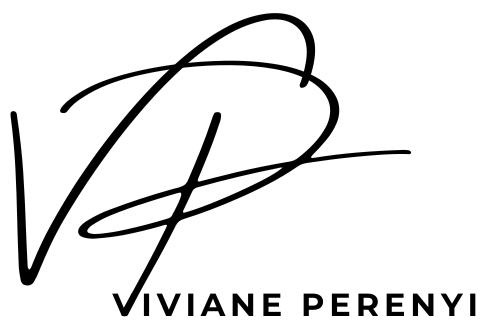Macro photography is a genre of its own. While photography is categorized by subject matter, macro photography is different because it is more about perspective than the subject in front of the lens. The close-up technique gives a new dimension to any subject matter. And the focus right here is on food.
The question then is why use macro food photography? Different reasons can justify the use of a macro lens. It is a bold way to present the subject matter. The close-up frame gives a different perspective and visual interest. And it can make for an engaging visual story when combined with standard food photography shots.
A powerful way to showcase a subject
Macro food photos can have a unique visual impact because they highlight the finer details and intricacies of the subject matter. The tight frame makes it feel intimate, with a new scale of reference where the smallest details are amplified. It can almost seem tactile with the textures magnified and the patterns enhanced. The colours fill the entire frame at once creating eye-catching visuals. The most common food is given a different outlook and visual appeal. The ordinary cabbage leaf is rendered as a beautiful natural wonder.
The points of difference
We tend to overlook what we are used to seeing often and pay more attention to what seems unusual. Macro food goes beyond the conventional way food is portrayed. The close-up perspective is the reason why it creates visual interest and a sense of novelty. It is important to note that macro photography works best with a single subject matter: ingredient or preparation -such as condiment or sauce- rather than a dish that would add visual complexity to the tight frame. And while you do need a macro lens to produce macro photographs, using a macro lens does not systematically equates to macro photos. When elements and details are magnified at or beyond their real proportions is what makes a macro shot.
Visual storytelling
The tight crop and focus on a single subject matter almost disqualify macro food photos from the storytelling perspective. Yet they evolve into strong visual elements when paired or combined with traditional food photos.
For example, this food story was built by including a macro food image as part of a diptych. The macro photo helps emphasize a particular aspect and strengthen the overall narrative.
Macro food photography is a specific technique of food photography that may be underused and underrated, yet a valid approach to showcase products for particular segments of the food industry.
Check part 2 of this macro food photography series









